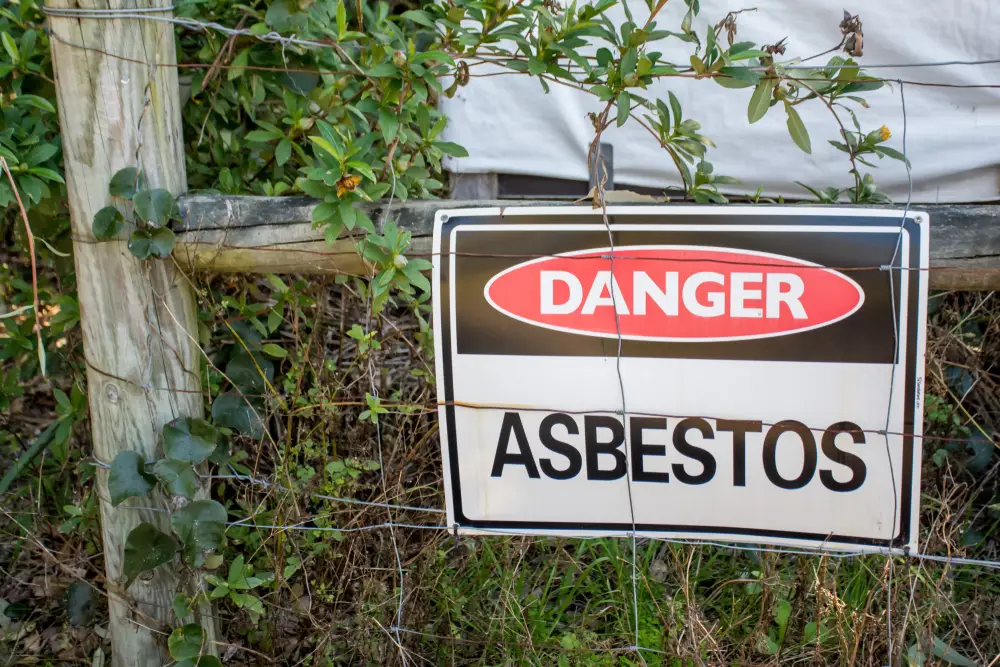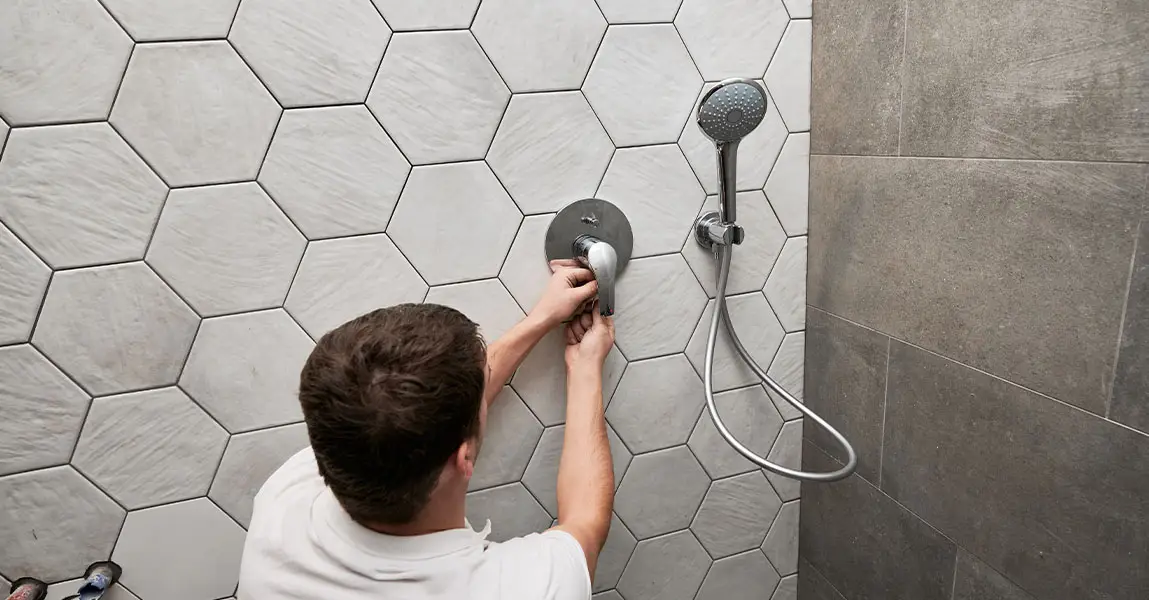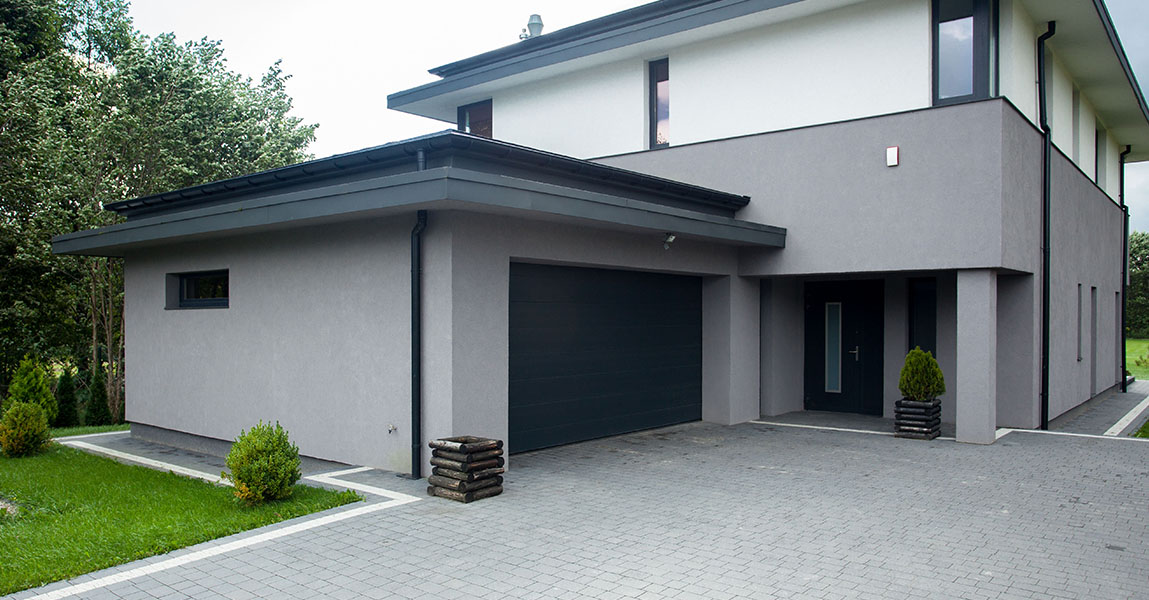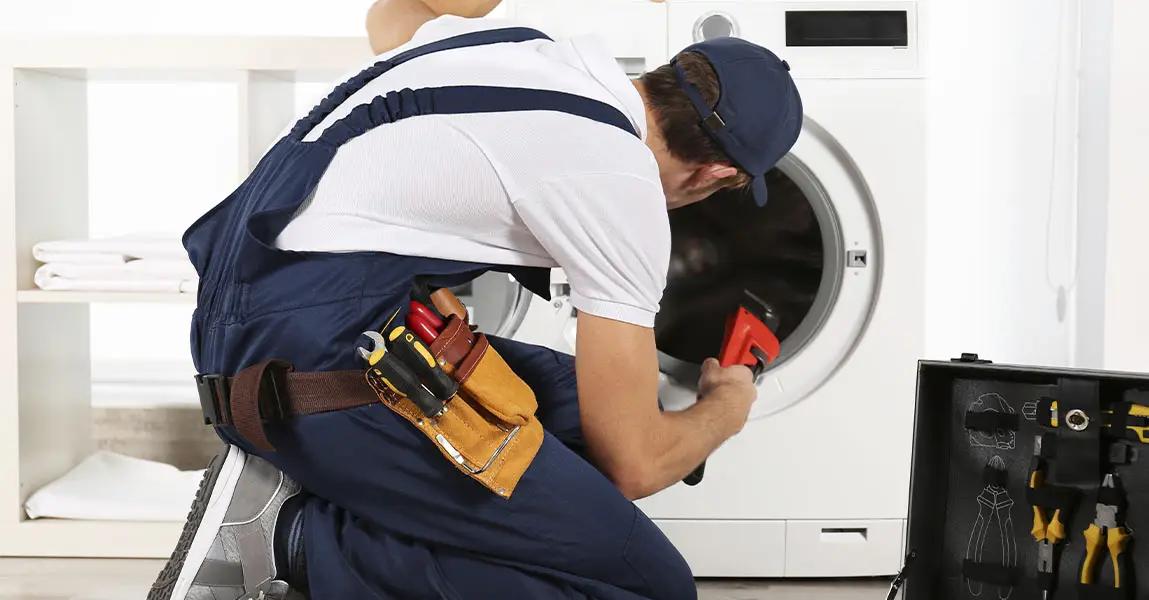We spend most of our time indoors, and the quality of the air we breathe directly affects our health. Mold is one of the most common hidden problems in homes and workplaces. It not only damages structures but also lowers the quality of the air we rely on every day. When we remove mold properly, the difference in indoor air is immediate and lasting.
Understanding How Mold Affects Air Quality
Mold grows wherever moisture and organic material are present. When it spreads, it releases microscopic spores into the air. These spores float easily and can be inhaled without us realizing it. As a result, indoor air becomes contaminated. For people with allergies, asthma, or other respiratory issues, exposure often triggers symptoms such as coughing, wheezing, or throat irritation.
What makes the issue more concerning is that mold affects everyone differently. Some may feel tired or develop frequent headaches, while others may notice nothing at all. However, even without obvious signs, breathing in spores for a long time still stresses our bodies. That is why removing mold goes beyond appearance—it directly improves air quality.
Why Mold Remediation Works Better Than Simple Cleaning
Some people try to clean visible mold with bleach or other household products. At first glance, the surface may look fine. However, spores remain inside materials and return quickly when conditions are right. This is why surface cleaning alone does not solve the problem.
Professional remediation works differently. It identifies the root cause, such as hidden leaks or poor ventilation, and then removes both visible and concealed mold. In doing so, it prevents future growth. By addressing both the contamination and its source, the process creates an environment where air stays cleaner for the long term. That is why using an abatement & remediation company in Calgary is often necessary when the problem is serious.
Steps That Make Remediation Effective
Proper remediation is not a single action but a set of careful steps. First, an inspection identifies the full scope of the problem, including hidden areas. Then, containment ensures spores do not spread during removal. Specialized air filtration captures particles, reducing what lingers in the air. After that, contaminated materials are either cleaned or removed.
Finally, moisture sources are corrected. This may include fixing plumbing, improving ventilation, or sealing foundations. Each step matters because missing one often leads to mold returning. By following a complete process, we create indoor spaces where air feels fresher and healthier.
Health Improvements After Mold Removal
Once mold is remediated, many people notice changes quickly. Respiratory irritation often decreases, and allergy symptoms become less frequent. For families, this is especially important when children or elderly relatives are present since their immune systems can be more sensitive.
Improved indoor air also benefits sleep quality. When we breathe more freely at night, our bodies rest better. This leads to higher energy levels during the day. Over time, cleaner air reduces stress on the lungs, which supports overall wellness. These benefits show that mold remediation is about health just as much as it is about property care.
Long-Term Protection for Homes and Buildings
Remediation does more than provide temporary relief. By eliminating spores and moisture issues, it protects the structure itself. Mold eats away at wood, drywall, and insulation, which weakens the building over time. Without intervention, this damage spreads silently until costly repairs are needed.
When the problem is solved at its source, both the property and the people inside are safer. Clean air, strong materials, and reduced risk of future growth all work together. It is not only about today but also about ensuring a healthier living environment for years to come.
Practical Tips to Keep Indoor Air Cleaner After Remediation
Once remediation is complete, maintaining healthy air becomes easier with daily habits. Keeping humidity below 50 percent helps prevent spores from settling. Using exhaust fans in bathrooms and kitchens reduces moisture. Regular cleaning of air filters keeps particles from circulating.
We can also pay attention to signs of leaks or water damage. Acting quickly when we notice dampness or musty odors prevents mold from finding a foothold again. These simple steps extend the benefits of remediation and help us breathe cleaner air every day.
When to Call for Professional Help
Not every mold issue requires large-scale remediation, but it is important to know when expert help is necessary. If we see widespread growth, smell strong musty odors, or notice health problems that worsen indoors, the issue is likely beyond what simple cleaning can fix.
In these cases, reaching out to professionals ensures that the problem is handled safely. Specialists have the tools to test air quality, find hidden sources, and create long-term solutions. If you suspect a serious issue, the safest step is to contact our remediation specialists for guidance.
FAQ
How can I tell if mold is affecting my air?
If you notice musty odors, frequent coughing indoors, or visible spots on walls and ceilings, mold may be lowering air quality. Testing can confirm this.
Does mold only grow in basements?
No, it can grow anywhere moisture is present, including bathrooms, kitchens, attics, and around windows.
Will an air purifier remove mold spores?
Air purifiers with HEPA filters capture many spores, but they cannot eliminate the source of mold. Remediation is still required.
Can I remove mold myself safely?
Small patches may be cleaned carefully, but larger infestations or hidden mold require professional remediation to prevent spreading.
How often should air quality be tested after remediation?
It is best to test once the work is complete and again if new signs appear. Regular checks are helpful in areas with frequent moisture.
Would you like me to expand this draft with more depth in each section to reach exactly 1500 words while keeping it natural and unduplicated, or keep it at the current balance of clarity and flow?











